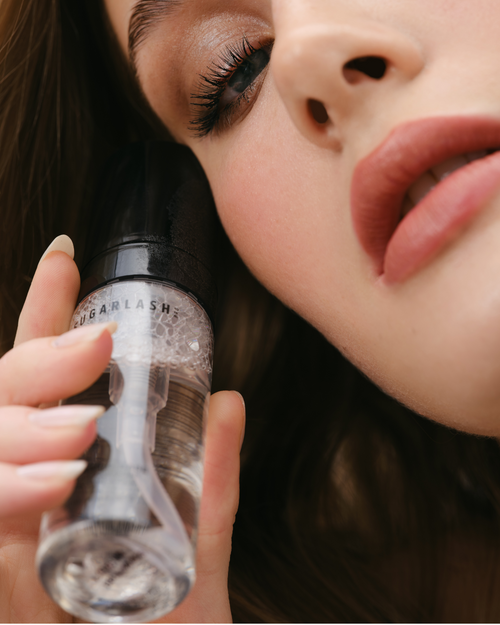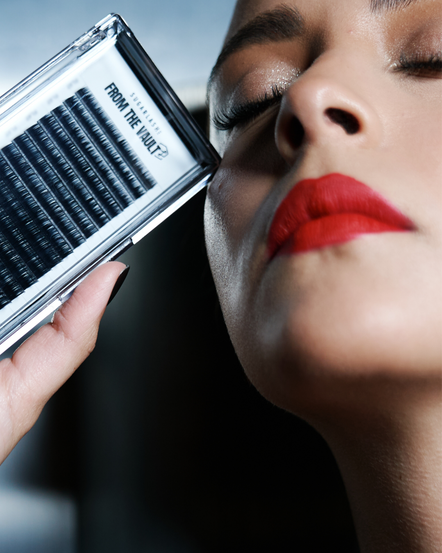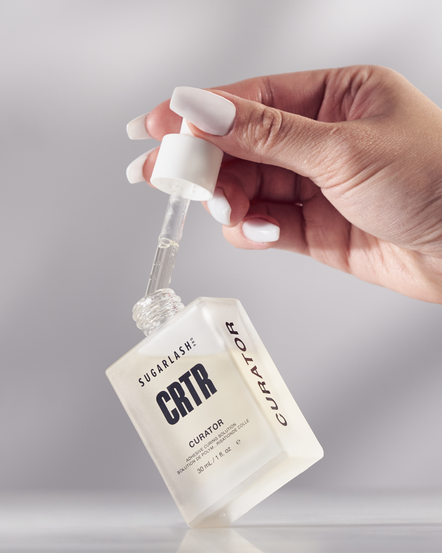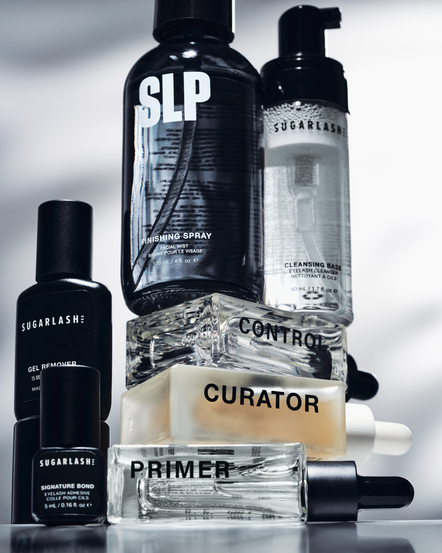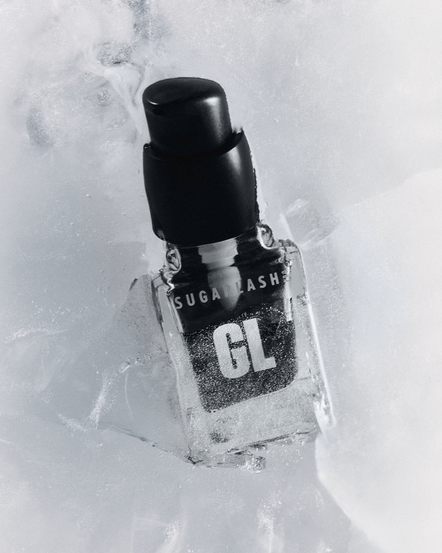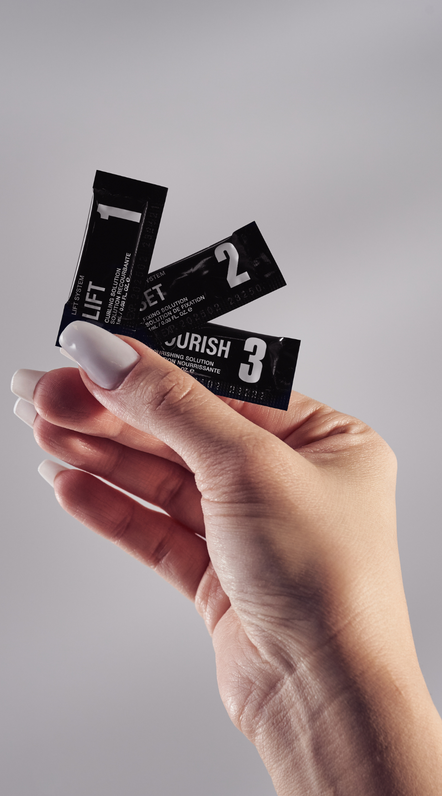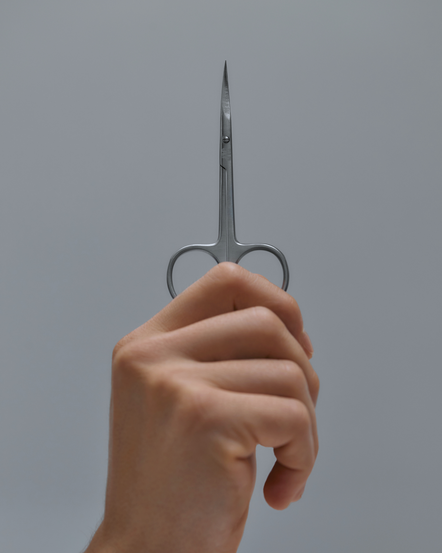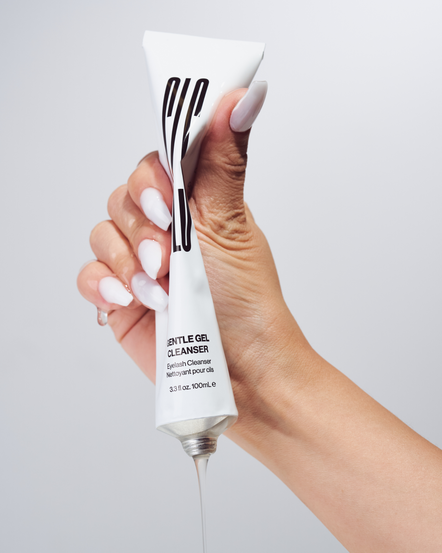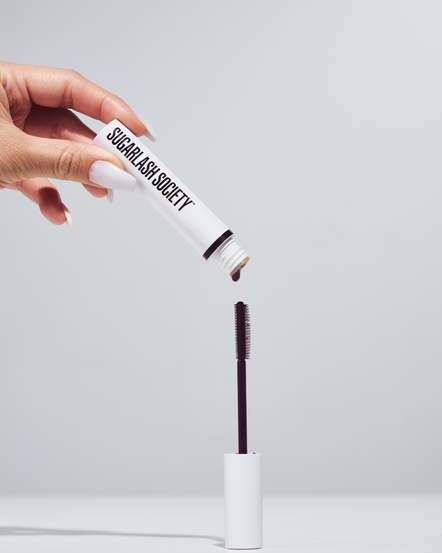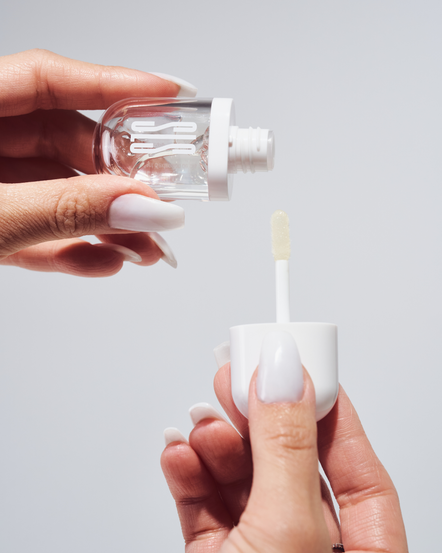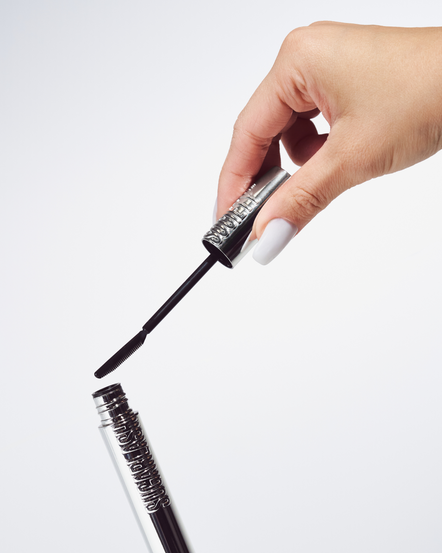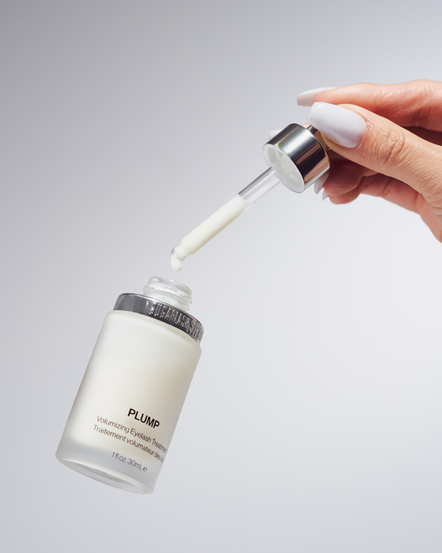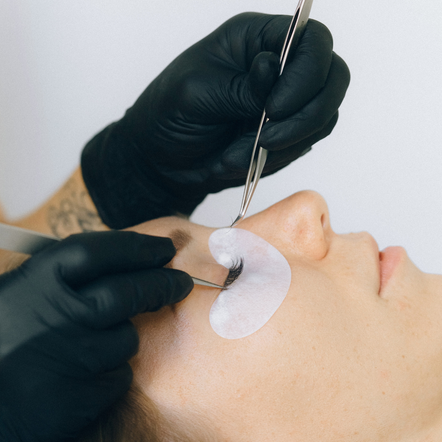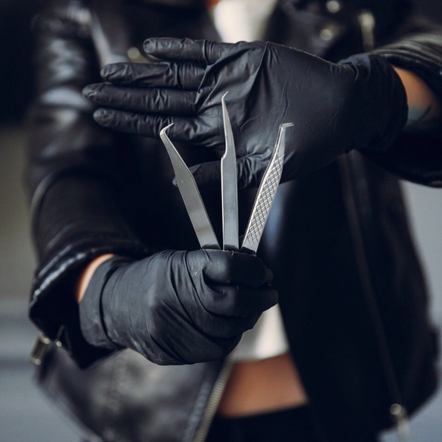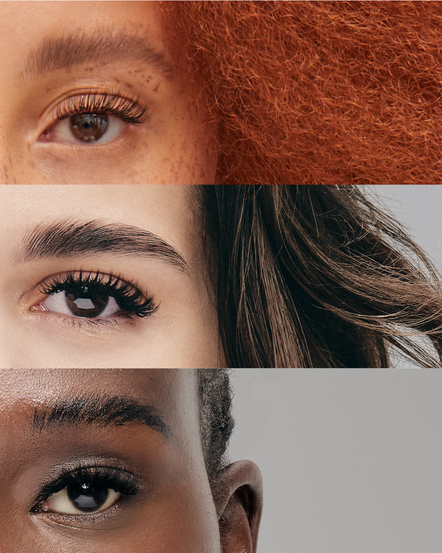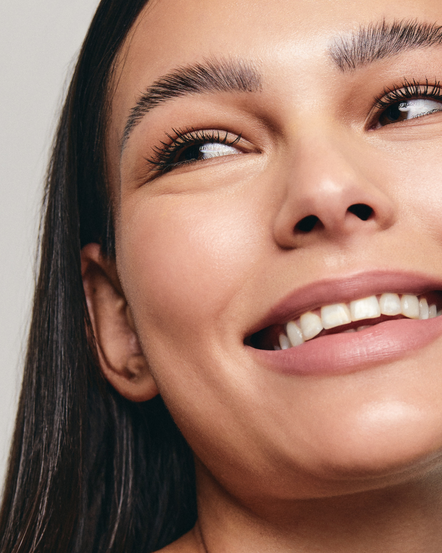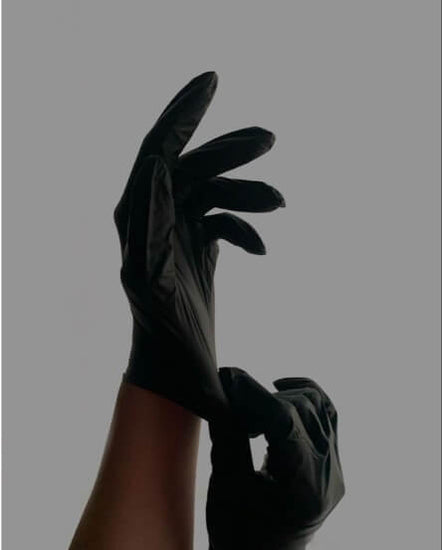Lash artists, listen up! Today, we’re talking ALLERGIES. Part of being in the beauty industry is dealing with the small number of clients who react to your service, whether it’s esthetics, hair, massages — you name it! You’re a beauty professional who works with adhesives, cleansers, and primers all around the eye area, so it’s a topic that’s important — and one that you need to be an expert on. We know how difficult it can be, and that’s why Sugarlash PRO is working on not one, but TWO new systems to get lash addicts back in the salon after they’ve reacted! But until we release those, here are the top things lash artists need to know. (Clients, if you’re looking for info on warning signs, check out the bottom of the article!)

1. Have your clients sign waivers
Whether you do lash lifts, tinting, or extensions, no matter what type of lash service you offer, you should have your clients sign waivers prior to their first lash treatment. Your waivers should make clear to your clients the risks of their lash service (such as potential allergic reactions, irritations, and infections), what your responsibilities are, and what their responsibilities are. For great information on what should be in a client waiver, along with a variety of other business topics, check out our LashPRO Accelerator course!
2. Wash your client’s lashes EVERY appointment!
Clients may or may not wash their lashes well at home. At each appointment, however, it is our job to make sure their lashes and lash line are squeaky clean before we start the service and preferably again before they leave. If your client isn’t washing well at home, it is up to us to train them how to do so. One of the best ways is to physically show them any residue or debris that comes off of their lashes while you’re cleansing. Explain how bacteria can build up, and cause infections if their lashes aren’t washed properly and that would mean a temporary halt of services, which they obviously don’t want.
3. An allergic reaction does not necessarily mean the lash service was bad
A common misconception among beauty junkies is that allergic reactions mean that the service provider did something wrong, used unclean tools, did not wash properly, etc. In fact, 5% of the general population will always be allergic to the cyanoacrylate ingredient commonly found in most lash adhesives. In addition, anyone can develop an allergy at any time — this means that even someone who regularly got lashes for years can suddenly find themselves allergic. The important steps to take are to wash every client’s lashes every appointment and switch to tools and products that may be less reactive, such as gel-free eye pads and low-fume adhesives.
4. Allergic reactions might not always be due to the usual suspects
When clients experience irritation or reactions, many lash artists blame cyanoacrylate or carbon black. Surprisingly, however, medical professionals don’t necessarily believe either ingredient is a major irritant. Cyanoacrylate has been used in wound care since WWII and it’s actually one of the few adhesives deemed safe to be used around the eyes. Decades of clinical evidence show that it’s not toxic — in fact, it’s even used by doctors to seal eyelid lacerations! Similarly carbon black is derived from carbon, one of the most inert elements in the world — many medical professionals feel it’s an unlikely irritant. What does this mean? Allergies are difficult to pin down under the best of circumstances — try not to tell clients that the irritation they are experiencing is likely due to one ingredient or another because it very well may be something else.
5. Patch tests aren’t very helpful
Many beauty professionals recommend patch testing skincare and makeup products behind the ear or on the arm — but when it comes to adhesives and other lash products, this actually isn’t effective. Why? Because the skin around the eye is very different than the skin on any other part of the body — there are no mucous membranes or eyeballs behind the ear. In addition, most people who are going to present an allergy will do so on or after their third exposure to the adhesive. All a patch test will do is potentially produce a false negative, and if a client develops an allergy afterwards, they may blame you, your space, or your tools.
6. Over-the-counter allergy drugs generally don’t help eye infections
Nope, Benadryl doesn’t work. Neither does Claritin, for that matter. Contact dermatitis and blepharitis need to be treated with prescription medications, and the properties in general over-the-counter allergy meds won’t do the trick — in fact, they can trigger further reactions. Which brings us to our last point…
7. ALWAYS have your client get the advice of a medical professional
No matter how much you know about lashes — and potential allergens — always ensure your client is getting the advice of a medical professional if they experience any issues. Most doctors are knowledgeable about most ingredients used in lash services (particularly cyanoacrylate), as well as common lash service-related ailments like contact dermatitis and blepharitis. In order to not be held responsible if any well-intended advice goes awry, tell your client to see a doctor!
FOR CLIENTS:
Major reactions don’t just happen suddenly — there are always minor warning signs. 48 hours after your appointment, if you experience itching, redness, or soreness of any kind — even small amounts — immediately let your service provider know. Major allergic reactions are uncommon (remember, only 5% of the general population or completely allergic to cyanoacrylate) and typically happen when clients aren’t fully honest about the extent of the issues they’re experiencing. If you’re a lash addict (and we don’t blame you!), and you experience a reaction for the first time, don’t panic — this is the perfect opportunity to switch to lash lifts!
